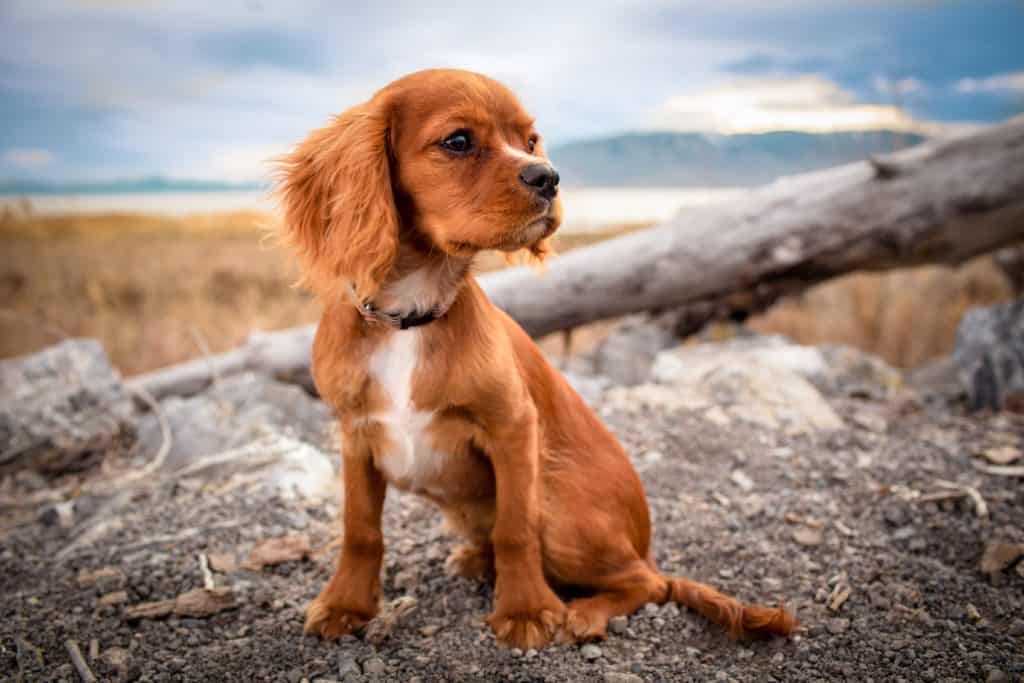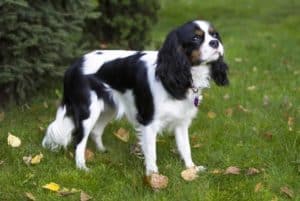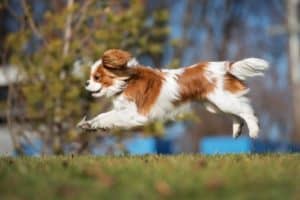
Photo: Andrew Branch/Unsplash.com
Cavalier King Charles Spaniel
Classification
The Cavalier King Charles Spaniel is a small spaniel classed as Group 1 (Toys) by the Australian National Kennel Club (ANKC).
History
Toy spaniels have been kept as ladies companions and pets in Royal and Noble homes in the United Kingdom since at least the 16th century. They are depicted in many paintings and were especially loved by the English monarchs, Charles I and Charles II whose names are linked with the breed.
It wasn’t until an American gentleman offered valuable prizes at Cruft’s in 1926 for a spaniel of the “old type”, that a small band of enthusiasts headed by Mrs Pitt embarked on the slow process of selective breeding to revive the almost forgotten breed. While these longer nosed and flatter skull dogs were obviously related to the “Charlies”, a distinguishing name was needed so “Cavalier” was added. They rapidly became popular with separate registration being granted in 1945 and the first show was held in 1946.
Since the 1970’s there has been a steady growth in numbers of Cavalier King Charles Spaniels in Australia.
Physical characteristics

Tri-colour Photo: Fotyma/Shutterstock.com
The Cavalier is a sturdy animal measuring between 30-33 centimetres at the shoulder weighing between 5.4-8.1kg weight.
The breed is recognised in Black and Tan, Blenheim (white and red), Ruby, and Tri-Colour (black, tan and white).
The breed is described by the ANKC as active, graceful and well balanced, with a gentle expression.
Personality traits
The Cavalier has been described as family oriented. They are generally friendly, affectionate and good with both children and other animals.
As they were originally bred to be companion dogs, this breed requires a lot of human interaction. It is recommended to not leave them alone for long periods at a time.
Care and Exercise
Diet – discuss with your veterinarian and responsible breeder about the best diet that is appropriate for the Cavalier’s life stage from puppy to adult to senior to increase your dog’s longevity. Clean, fresh water should be available at all times.

Blenheim. Photo: otsphoto/Shutterstock.com
Grooming – this elegant breed with long silky hair requires regular brushing but no trimming. Knots and tangles will be kept to a minimum if the Cavalier is free of parasites and combed regularly. Their pendulous ears need particular attention and should be checked.
Shedding – Cavaliers do shed, particularly in spring and Autumn, but a little all the time. Their nails should be clipped and the hair between their pads trimmed once a month. Bathing your Cavalier every two months is quite adequate.
Exercise – Cavaliers are active and sporting little dogs that require regular exercise including a daily walk. They are also happy to lounge around with their owners indoors.
Training
The Cavalier King Charles Spaniel will pick up training easily. For any dog breed, start training early using positive reinforcement dog training methods are recommended. Socialisation with gradual introductions to other dogs and animals is essential.
Dog sports are a great way for you and your dog to exercise and spend time together. Cavaliers do well in Obedience, Agility and Fly Ball.
Another way to keep your dog physically and mentally active is to teach your Cavalier to learn a few dog tricks like ‘shake’ and ‘rollover’.
Health issues
The Cavalier can suffer from Syringomyelia, a devastating and painful disease caused by the dog’s skull being too small for its brain. They can also be susceptible to the early development of degeneration of the heart valves, especially the mitral valve. This breed also has a high prevalence of hydrocephalus and a range of other genetic issues – predisposition to the acquisition of Pneumocystis pneumonia, glue ear, and platelet disorders.
Juvenile cataracts and ‘dry eye’ are known to afflict the breed on occasion. Slipping patellas (a bone in the knee) can occasionally be a problem that is correctable with surgery. As with most mammals, the Cavalier is not immune to cancers in various forms.
The expected average lifespan of a Cavalier King Charles Spaniel depends on the health of the animal’s heart. Many with heart problems do not reach the age of 10 years whereas a Cavalier with a healthy heart may reach well into their ‘teens’.
While no breeder can guarantee your pup’s health, it’s essential you source your puppy from a responsible breeder who has tested for known inherited disorders.
Talk to a veterinarian about health issues for this breed.
Suitability
The Cavalier King Charles Spaniel would make a great family pet for young families or older people because they are easy to train, not high energy and light shedders. Like all dog breeds, the Cavalier will need regular exercise. The Cavalier is an inside dog that needs to be a part of the family rather than left outside to its own devices for long periods.
If you have young children, never leave your puppy or adult dog alone you’re your child! Supervision is important to ensure there is an appropriate interaction between the dog and children. If you are unable to supervise, then separate your pup and child. Crate training your puppy to give him a safe and fun space to be on his own for short periods is recommended.
Adoption in Australia
Cavalier Rescue (QLD)
Cavalier Club NSW Rescue Service
Cavalier SA Rescue
More details on the breed
Australian National Kennel Council
Cavalier King Charles Spaniel Club of NSW
Cavalier King Charles Spaniel Club of QLD
Cavalier King Charles Spaniel Club of SA
Cavalier King Charles Spaniel Club of TAS


